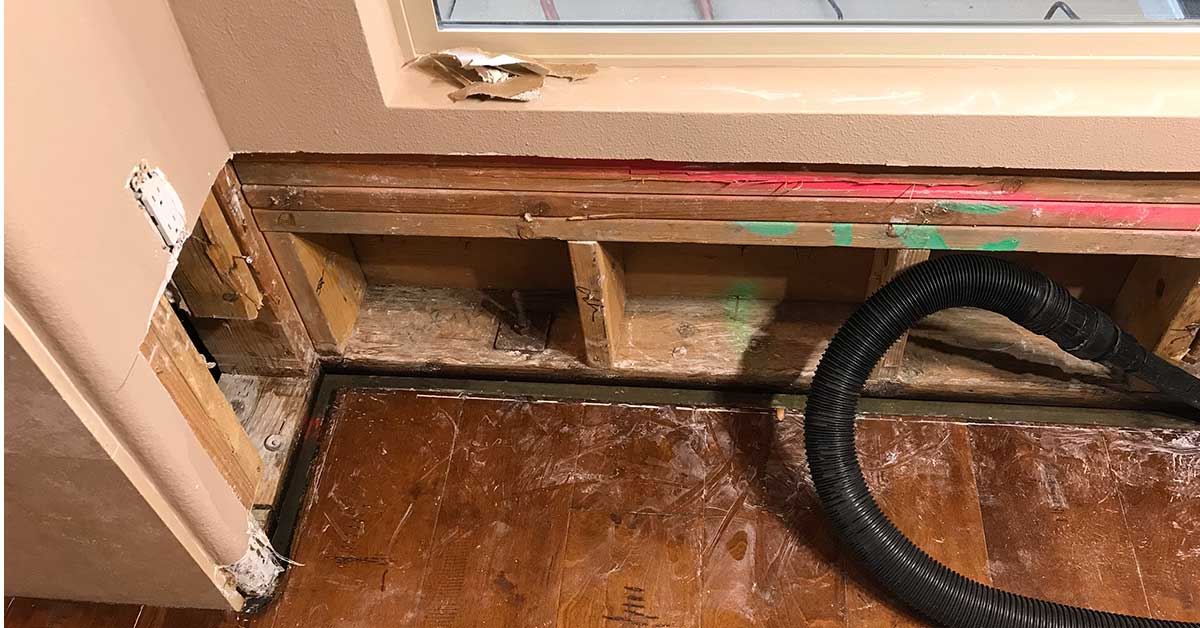What are we referring to when we say destructive testing in Los Angeles?
Destructive testing involves evaluating a material or structure by causing damage or changing its integrity to understand its properties, performance, or behavior. This method typically involves breaking, cutting, or otherwise damaging the building material to analyze its qualities or failure points.
Moisture Intrusion Testing in Los Angeles does not Usually Involve Destructive Testing
Destructive testing is not typically used in moisture intrusion testing, as the goal is to identify and locate water intrusion without causing damage to the structure. This method involves purposely damaging or removing parts of the building to assess the extent of moisture intrusion.
This type of testing is more commonly used in other areas such as material strength testing or failure analysis. In moisture intrusion testing, non-destructive methods like thermal imaging, moisture meters, and visual inspections are typically employed to identify the source and extent of water intrusion without causing further damage to the structure.
Non-Destructive Testing
Non-destructive testing in moisture intrusion testing involves the use of various techniques to detect and evaluate the presence and extent of moisture in building materials, structures, or systems without causing any damage.
Some common non-destructive testing methods used in moisture intrusion testing include the following methods.
Infrared Thermography
This technique uses infrared cameras to detect temperature variations on the surface of a material or structure. Moisture intrusion can cause temperature variations, which can be captured by the camera and analyzed to identify areas of moisture.
Moisture Meters
These handheld devices measure the electrical resistance of a material, which can indicate the presence of moisture. Moisture meters are commonly used on wood, drywall, and other building materials.
Moisture Probes or Sensors
These devices are inserted into materials or structures to directly measure moisture content. They can provide accurate and localized readings, making them useful for identifying specific areas of moisture intrusion.
Non-destructive testing techniques in moisture intrusion testing provide valuable information about the presence, location, and extent of moisture without causing any damage to the tested materials or structures. This allows for early discovery and prevention of potential moisture related issues, such as mold growth, structural damage, or deterioration.

